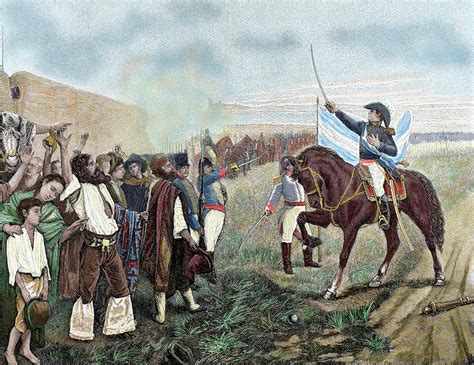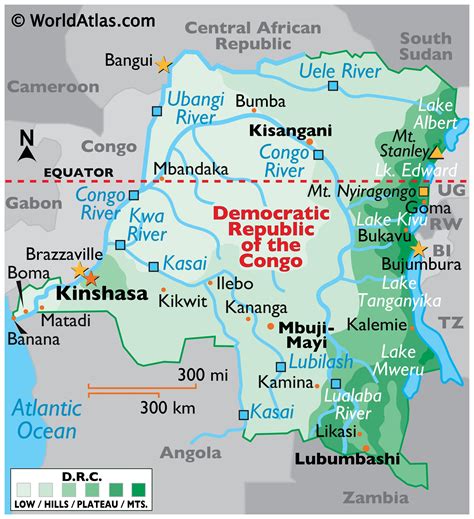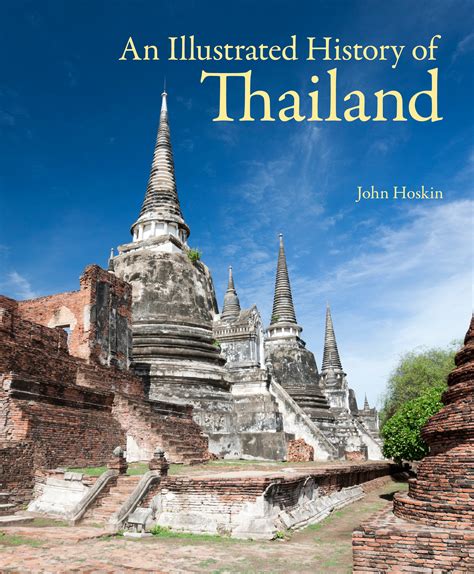Explore the early civilization in Nepal, Indian cultural influence, Prithvi Narayan Shah’s unification, and British impact in the 19th century in this informative blog post.
Early civilization in Nepal
Contents
Nepal is a country with a rich history dating back to ancient times. The early civilization in Nepal can be traced back to the ancient Vedic period which began around 1500 BCE. During this time, the Vedic people migrated from the Indian subcontinent to the region that is now known as Nepal. These early settlers brought with them the Hindu religion, which would have a profound impact on the culture and society of Nepal for centuries to come.
The ancient civilization of Nepal was characterized by the establishment of small kingdoms ruled by local chieftains. These kingdoms were located in the fertile valleys of the region, where agriculture and trade flourished. The early Nepalese people were skilled in irrigation and agriculture, allowing them to cultivate the land and build prosperous communities.
One of the most significant developments of the early civilization in Nepal was the emergence of the Licchavi dynasty in the 4th century CE. The Licchavis were of Indian origin and played a crucial role in shaping the political and cultural landscape of Nepal. They introduced Buddhism to the region, which became a major religion followed by the people of Nepal.
Overall, the early civilization in Nepal laid the foundation for the rich and diverse culture that the country is known for today. The influence of Indian culture, the establishment of powerful kingdoms, and the spread of religions such as Hinduism and Buddhism all contributed to the shaping of Nepal’s history.
Influence of Indian culture
Nepal, nestled between the giants of India and China, has been heavily influenced by the culture, religion, and traditions of its neighbors. The Indian culture has played a significant role in shaping the social, religious, and artistic landscape of Nepal. The cultural exchange between the two countries has been going on for centuries, leading to a deep interconnection between the two nations.
One of the most prominent aspects of Indian influence in Nepal is the adoption of Hinduism and Buddhism. The majority of Nepalese people follow Hinduism, which has been practiced in the region for centuries. Many of the religious sites in Nepal are dedicated to Hindu deities and are influenced by Indian architectural styles. Additionally, Buddhism, which originated in India, has also had a profound impact on Nepalese culture, with many important Buddhist shrines and monasteries located in the country.
In addition to religion, Indian culture has also influenced Nepalese cuisine, language, and festivals. Many of the traditional Nepalese dishes have roots in Indian cuisine, with spices, flavors, and cooking techniques borrowed from Indian culinary traditions. The Nepali language also shares many similarities with Indian languages, particularly Sanskrit, which has been the source of many Nepalese words and phrases.
Furthermore, the festivals and celebrations in Nepal are greatly influenced by Indian culture. Many of the major Nepalese festivals, such as Dashain and Tihar, are based on Hindu religious traditions and are celebrated in a similar manner to their Indian counterparts. The exchange of cultural practices and rituals between the two countries has resulted in a rich tapestry of traditions that are deeply intertwined with one another.
Unification under Prithvi Narayan Shah
The unification of Nepal under Prithvi Narayan Shah was a pivotal moment in the country’s history. It marked the end of the fragmented kingdoms in the region and the beginning of a unified nation. Prithvi Narayan Shah, who was the ruler of the small principality of Gorkha, had a vision of bringing together the various small kingdoms in the region to form a single, strong nation. His ambition and determination to achieve this goal led to a series of military campaigns and strategic alliances that ultimately resulted in the unification of Nepal.
Prithvi Narayan Shah’s strategy to achieve unification was not only based on military conquest but also on diplomacy and alliances. He understood the importance of forming alliances with neighboring kingdoms and winning the support of influential nobles and commanders. By forming strategic partnerships and alliances, he was able to gradually expand his influence and bring more territories under his control.
The unification process under Prithvi Narayan Shah was not without challenges. He faced resistance from various quarters, including the ruling elites of the smaller kingdoms and external powers who were wary of the growing power of Gorkha. However, his military acumen, diplomatic skills, and vision for a unified Nepal enabled him to overcome these challenges and emerge victorious in the end.
Prithvi Narayan Shah’s unification of Nepal laid the foundation for the modern nation-state. It created a sense of unity among the diverse ethnic and cultural groups in the region and established a strong centralized authority. His legacy continues to be celebrated in Nepal, and he is often revered as the father of the nation for his role in shaping the country’s history.
British influence in the 19th century
The British influence in the 19th century on Nepal can be traced back to the Anglo-Nepalese War or the Gurkha War of 1814-1816. This war resulted in the signing of the Sugauli Treaty in 1815, which saw Nepal losing almost a third of its territory to British India. The British also gained significant influence in the internal affairs of Nepal, effectively establishing a form of indirect rule over the country.
As a result of the treaty, the British residency was established in Kathmandu, introducing a new era of diplomacy and trade in Nepal. The presence of the British residency allowed for greater interaction between the British and the Nepalese ruling elites, leading to the introduction of British administrative practices and modernization efforts in the country. This period also saw the influx of British goods and ideas, which significantly impacted the socio-cultural landscape of Nepal.
The British influence in the 19th century also extended to the military sphere, as the British East India Company recruited soldiers from Nepal, known as the Gurkhas, for its army. The reputation of the Gurkhas for their bravery and combat skills led to their widespread deployment in various military campaigns, further solidifying the ties between Nepal and the British Empire.
Additionally, the British influence in the 19th century laid the foundation for the expansion of Christianity in Nepal, as missionaries and Christian organizations began to establish themselves in the country. This religious influence, along with the introduction of Western education and culture, contributed to the gradual transformation of Nepalese society during this period.













